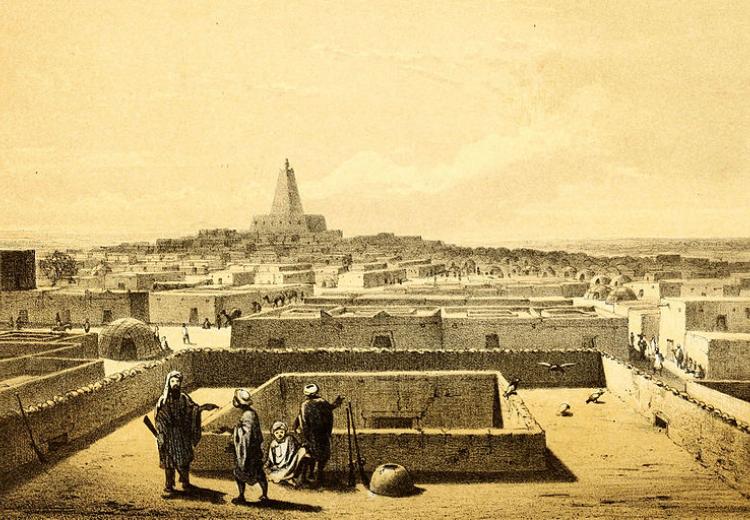Lesson 6: Trekking to Timbuktu: The Search for Timbuktu (Student Version)

Timbuktu from the terrace of the traveller's house in 1858.
After a rich history as a center of commerce and scholarship, the West African city of Timbuktu began a period of decline in the 16th century. In time, like the other major centers along the overland routes of West Africa, Timbuktu was forgotten. In later centuries, stories about these remote "lost cities" piqued the curiosity of many Europeans. Certain intrepid adventurers set out to rediscover them.
Many people think that Timbuktu is a mythical place—even today! Years ago, the search for the “lost city” of Timbuktu brought many adventurers to their deaths! These are the kinds of stories that attract huge television audiences! So, continuing your investigation as a scout for Globe Trekker, you set out to learn more about the search for Timbuktu.
Guiding Questions
What factors contributed to the decline of Timbuktu?
What obstacles made a journey to Timbuktu very difficult?
What myths and misconceptions about the city were held by Europeans?
Learning Objectives
Analyze the reasons for the decline and fall of Timbuktu.
Examine the causes and effects of the views held by Europeans about Timbuktu.
Analyze the topography and consequences of traveling to Timbuktu.
Evaluate the impact of the arrival of Europeans on Timbuktu.
